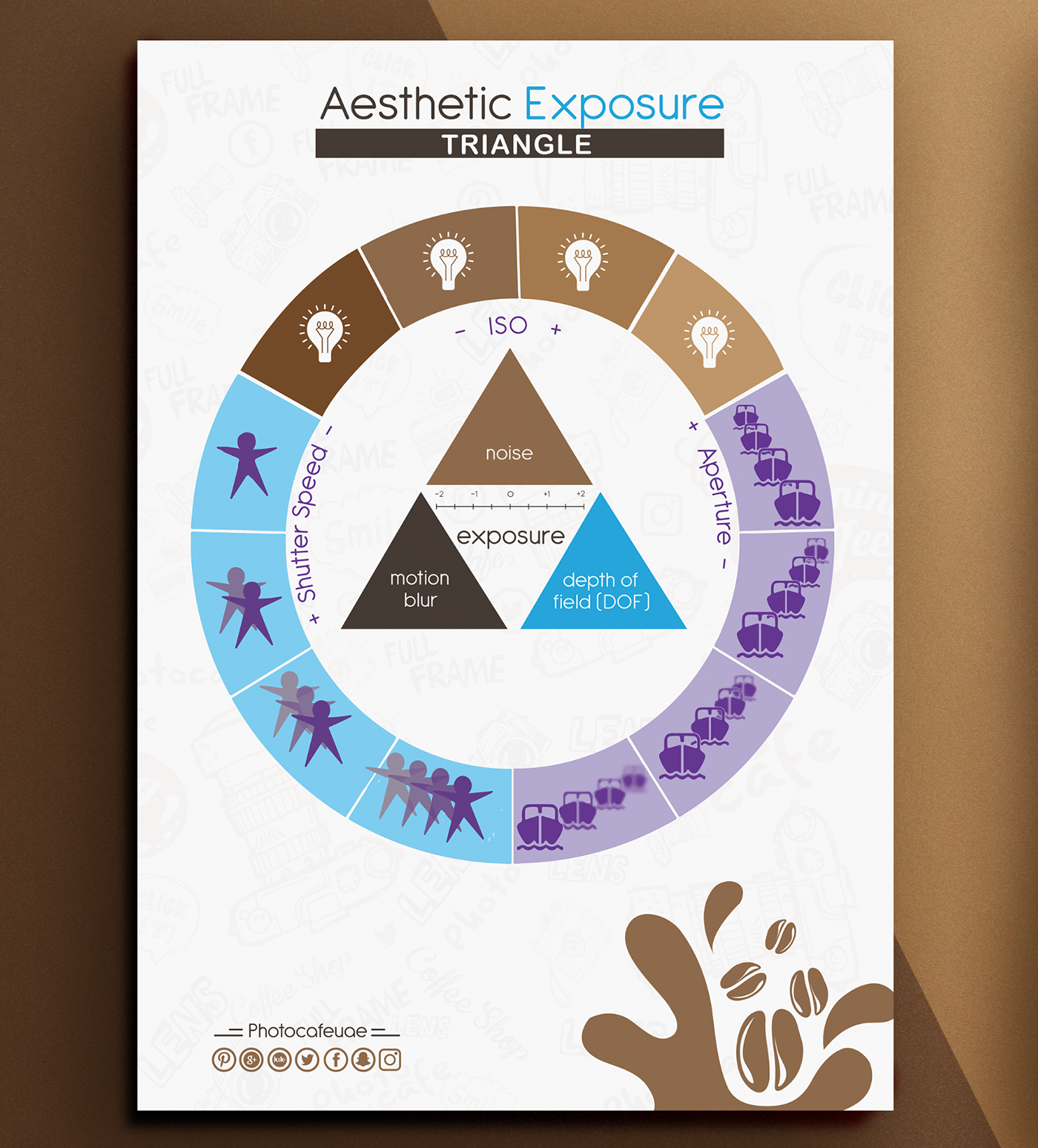Change Your Digital Photography By Understanding Lighting Techniques That Can Elevate Your Photos-- Uncover The Common Mistakes That Could Be Holding You Back
Change Your Digital Photography By Understanding Lighting Techniques That Can Elevate Your Photos-- Uncover The Common Mistakes That Could Be Holding You Back
Blog Article
Article Writer-Beck Polat
As a photographer, you recognize that illumination can make or break your images. Understanding the subtleties of both natural and fabricated light is essential for catching the mood and quality you aim for in your job. Whether you're chasing after the excellent gold hour glow or fine-tuning your synthetic arrangements, understanding these aspects can elevate your photography considerably. Yet there are common pitfalls that many neglect, and acknowledging them can transform your method to every shoot. Let's explore what you might be missing out on and exactly how it can influence your outcomes.
Understanding All-natural Light
Understanding all-natural light is critical for any kind of professional photographer aiming to enhance their job. It's the structure of excellent photography, affecting mood, tone, and quality. When you shoot outdoors, pay attention to the time of day. Medical Residency Photography -- soon after sunup and prior to sundown-- supplies soft, cozy light that can change common scenes into stunning images.
Do not undervalue the power of overcast days. Cloud cover diffuses sunlight, producing a soft, even light that's perfect for portraits and macro digital photography. You'll discover colors appear this sort of lighting without harsh shadows.
Positioning matters, also. Constantly consider your topic's positioning to the light. If the sun's behind your topic, you might end up with a shape, which can be dramatic yet mightn't be what you desire. Conversely, straight sunlight can create uncomplimentary darkness.
Trying out angles; often, altering your point of view can generate incredible outcomes. Usage all-natural reflectors, like water or sand, to bounce light onto your subject, adding dimension.
Learning Artificial Light
Understanding man-made light is necessary for digital photographers that want to take their skills to the following degree. Whether you're utilizing speedlights, workshop strobes, or continuous lights, recognizing how to adjust these sources can substantially improve your photos.
Start by acquainting yourself with the basics of light high quality, direction, and color temperature level. Explore various modifiers like softboxes, umbrellas, or grids to regulate the soft qualities or cruelty of the light.
https://blogfreely.net/davida05leo/common-mistakes-new-photographers-make-and-just-how-to-stay-clear-of-them 'll discover that soft light commonly produces complementary outcomes, while harsher light can add drama and depth. Don't shy away from shadows; they can enhance the three-dimensionality of your topics.
Pay close attention to the positioning of your lights. A light located as well near your topic can create unflattering results, while as well away can result in a lack of detail. Utilize a light meter or your camera's pie chart to ensure you're subjecting properly.
Keep Reading but not least, bear in mind that man-made light can be blended with ambient light for imaginative results. Stabilizing these resources may take practice, once you understand it, your photography will genuinely radiate.
Techniques for Different Circumstances
When you enter different capturing scenarios, adapting your lighting techniques is important for catching the best images. For exterior pictures, make use of the gold hour-- morning or late afternoon light-- to soften shadows and boost complexion.
If it's a rough lunchtime sunlight, think about making use of a reflector to bounce light back onto your topic or seek shaded areas for an extra even direct exposure.
In low-light scenarios, like indoor occasions, boost your ISO and utilize a vast aperture to allow in even more light. https://writeablog.net/myrl128teddy/just-how-to-build-a-photography-profile-that-stands-out can help remove video camera shake, allowing for longer exposures without obscuring.
If you're contending evening, try out off-camera flash to create dynamic illumination and deepness in your photos.
For item photography, utilize diffused lighting to prevent rough reflections. Softboxes or light camping tents can assist accomplish this effect.
When photographing landscapes, consider the instructions of light and time of day, as it can considerably change the state of mind of your shot.
Constantly be ready to readjust your settings and positioning based upon the scenario, as flexibility is crucial to mastering illumination in photography.
Conclusion
To conclude, understanding illumination is key to elevating your photography skills. Embrace natural light's appeal throughout gold hour, and don't shy away from explore artificial light techniques. By adjusting your approach to various scenarios, you'll catch spectacular photos that resonate with emotion and quality. Remember, the ideal lights can transform a regular shot into something amazing, so maintain exercising and refining your understanding of both natural and synthetic light. Pleased shooting!
